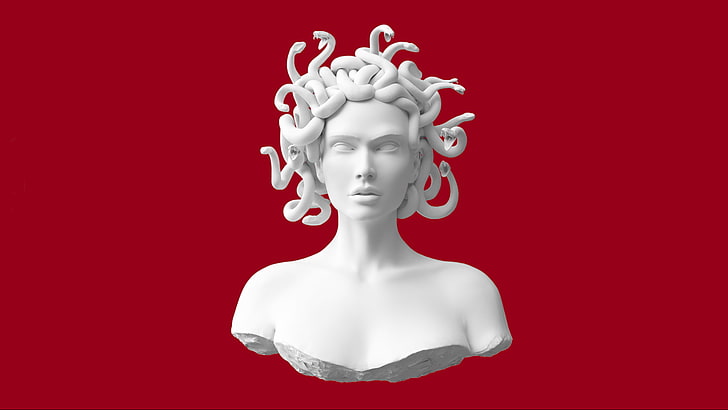If you’re petrified of monsters, just wait until you hear about this one.
Medusa, a prominent figure in ancient Greek mythology, gave the word “petrify” meaning: to turn to stone. That’s because she petrified her victims — literally! And her famous face continues to live on in popular culture (think Versace).
Medusa was born as the only mortal to an otherwise immortal family. Her parents were minor sea gods. And she and her two sisters, Stethno and Euryale, were known as The Gorgons – women, or rather monsters, with hissing snakes for hair who could turn passersby to stone with a simple glare. But they weren’t always this way. Medusa was once a beautiful young woman…that is, before she managed to anger the goddess Athena.
Medusa’s youth and Athena’s vengeance
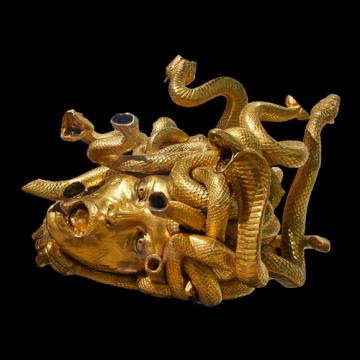
Gold, silver via Ashmolean Museum Oxford
Like many of the ancient Greek myths, Medusa’s story begins with a rape. And not just any rape, but one committed by a mighty god. Poseidon, god of the sea, laid eyes on the young Medusa and became enamored by her beauty. In fact, her beauty was so widely known that even Athena was envious of her.
According to Ovid, Poseidon couldn’t resist himself. And so he raped Medusa in the sacred temple of Athena, which infuriated the goddess of wisdom when she found out about it. As is typical of ancient Greek myth, the goddess took her fury out on the victim rather than the aggressor. As punishment for Medusa’s transgression, Athena turned her into a monster with living venomous snakes on her head. Then she cursed her gaze: anyone the gorgon encountered and laid eyes on from then on would turn to stone.
The Perseus Story: Beheading of Medusa
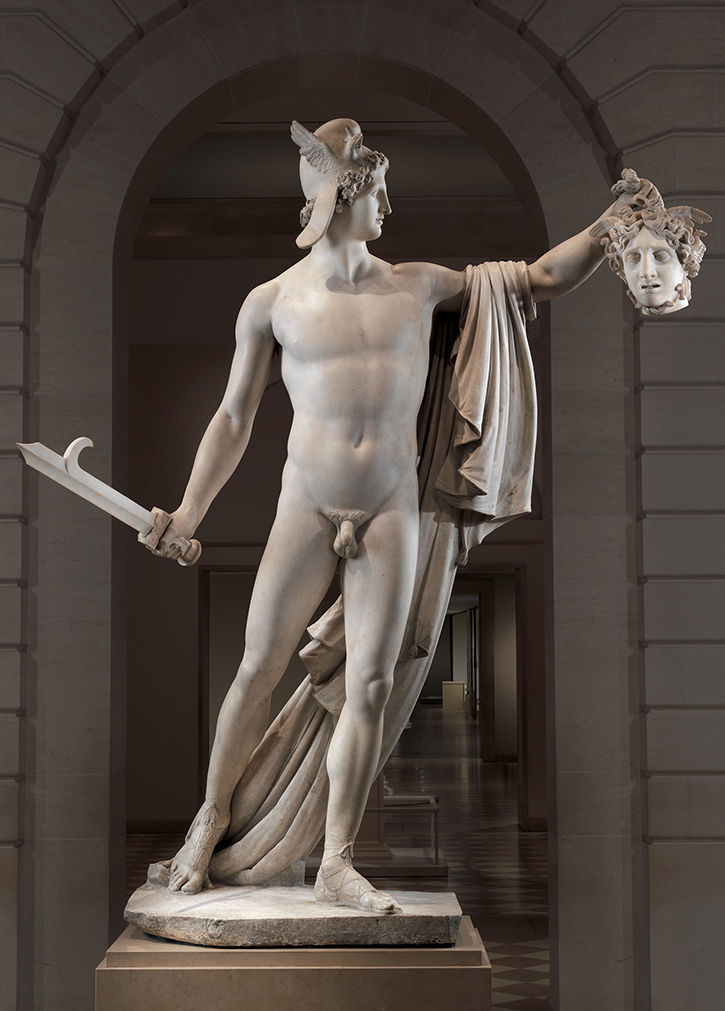
Medusa’s name is most closely associated with one hero of ancient Greek myth, a certain Perseus. Who is this hero, you might be wondering? Well, if you’ve ever seen the famous image of Medusa’s head severed from her body, you can thank Perseus for that.
At the behest of an ignominious king, Perseus set out to kill the monster and return her head to him as a gift. He embarked for Medusa’s lair on the island of Sarpedon, somewhere in the Aegean, with favors from the gods: the invisible cloak of Hades and the winged boots of Hermes. Perseus had to be extremely cautious, most especially because Medusa could turn him to stone with a single glance. So he endeavored to behead the gorgon in her sleep. And he succeeded in doing so.
Then Perseus used Medusa’s head for his own gains. He petrified his enemies with it and rescued Andromeda, a certain Ethiopian princess who would go on to become his wife, from a terrifying sea monster.
Finally, the hero returned Medusa’s head to Athena who placed it in her shield. Medusa’s story thereby came full circle, beginning and ending in tragedy: rape, an awful curse, and her eventual beheading.
What does the head of Medusa represent?
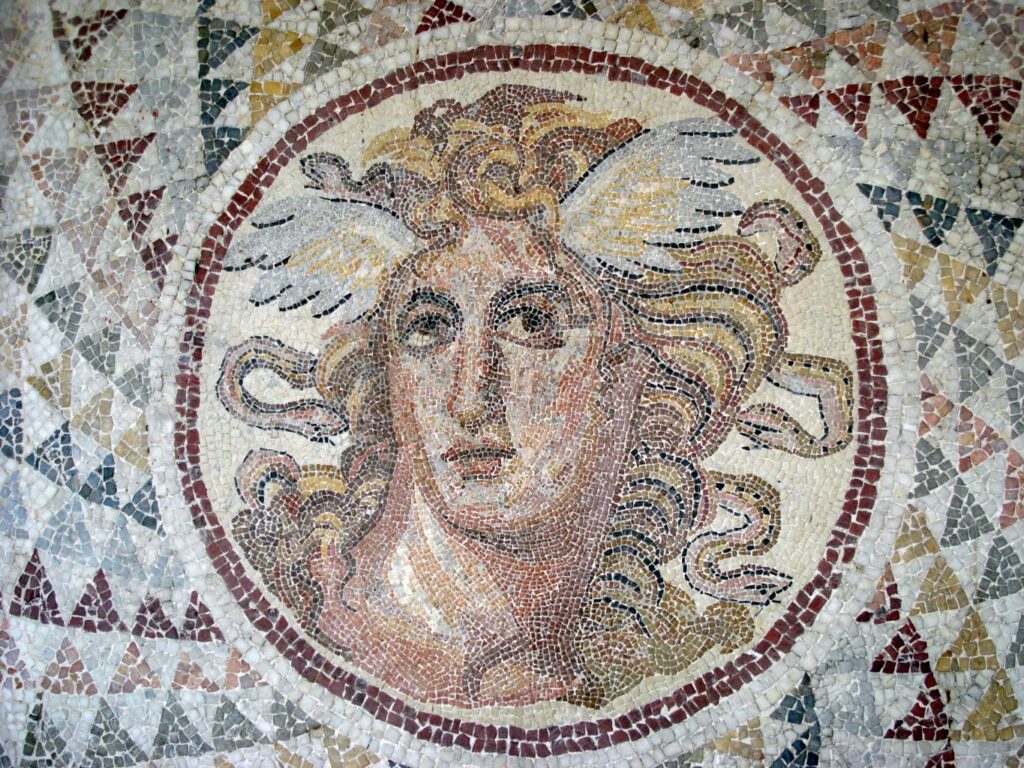
The head of Medusa has come to symbolize the warding off of evil. Medusa’s severed head has been interpreted in various ways but at its core symbolizes darkness, terror, and the unknown. Medusa’s power is undeniable–the mere glance at her face would turn anyone or anything into stone. Her head therefore stands as a reminder of fear and mortality that transcends place and time. Despite Medusa’s reputation for being a fearsome figure, academics over the years have re-contextualized her story and championed Medusa as an agent for justice who was able to stand up against powerful forces.
Medusa has also been seen as a symbol of female power, representing both beauty and strength. Her story teaches us that no one is completely invincible and brings a sense of understanding to why we shouldn’t always be in control of our own destiny.
Medusa in ancient art
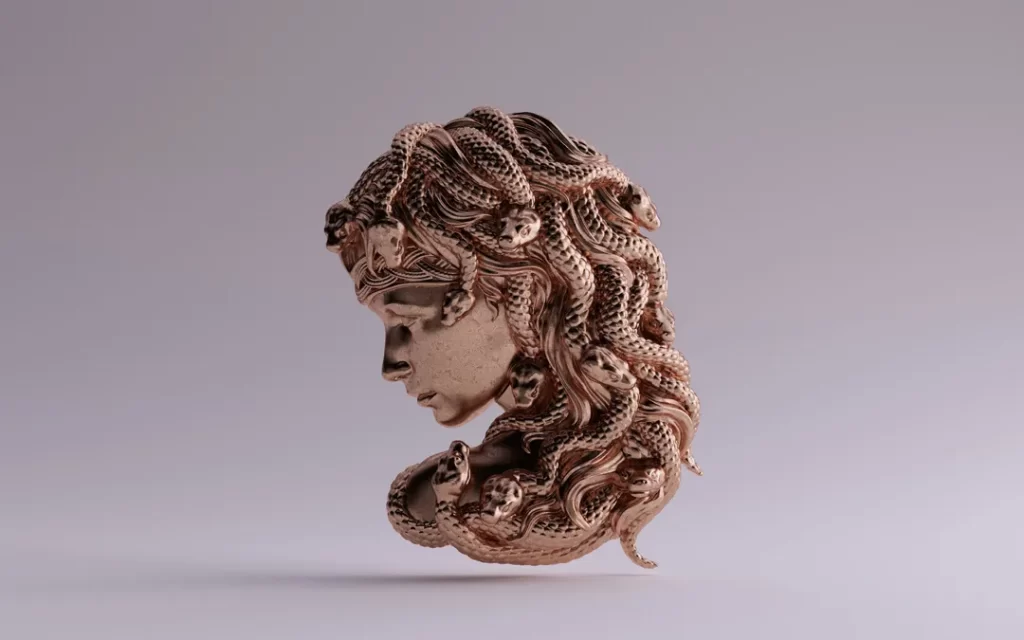
Medusa’s mythos was born in ancient Greece but has remained popular in subsequent civilizations. Romans depicted her in sculpture, frescoes, and mosaics all over the empire. And later Europeans featured Medusa prominently in paintings made during the Renaissance. Today, her countenance is emblazoned on Versace bags and belts.
Here are some images of Medusa’s impact on ancient art and beyond:
Medusa in ancient Greek sculpture
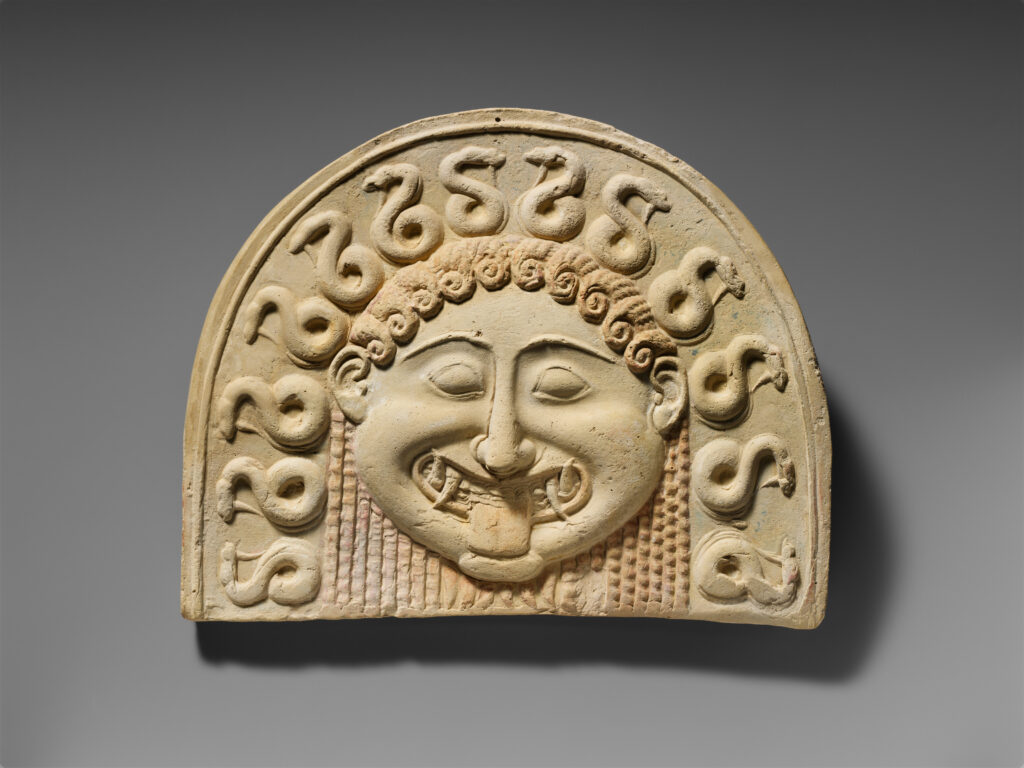
Medusa in ancient Rome
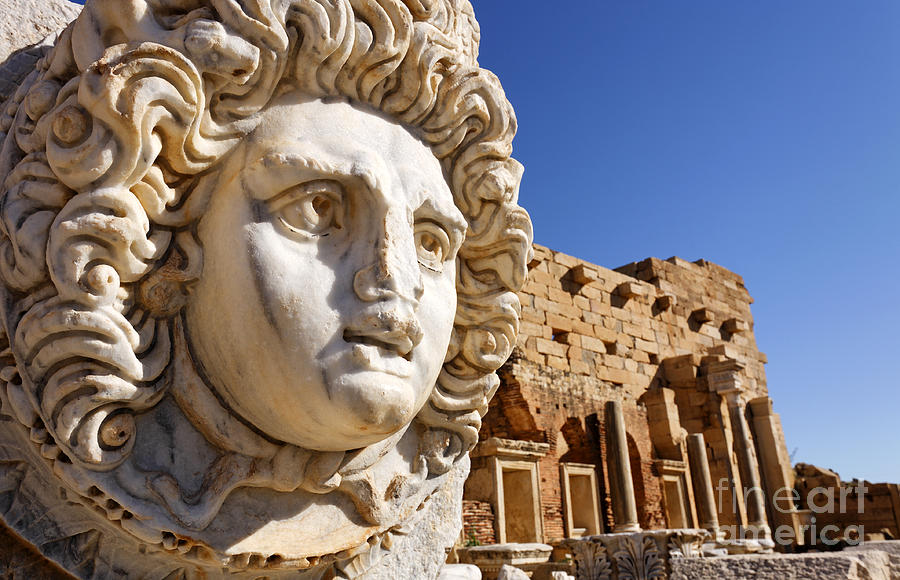
Medusa depicted on Pompeii frescoes
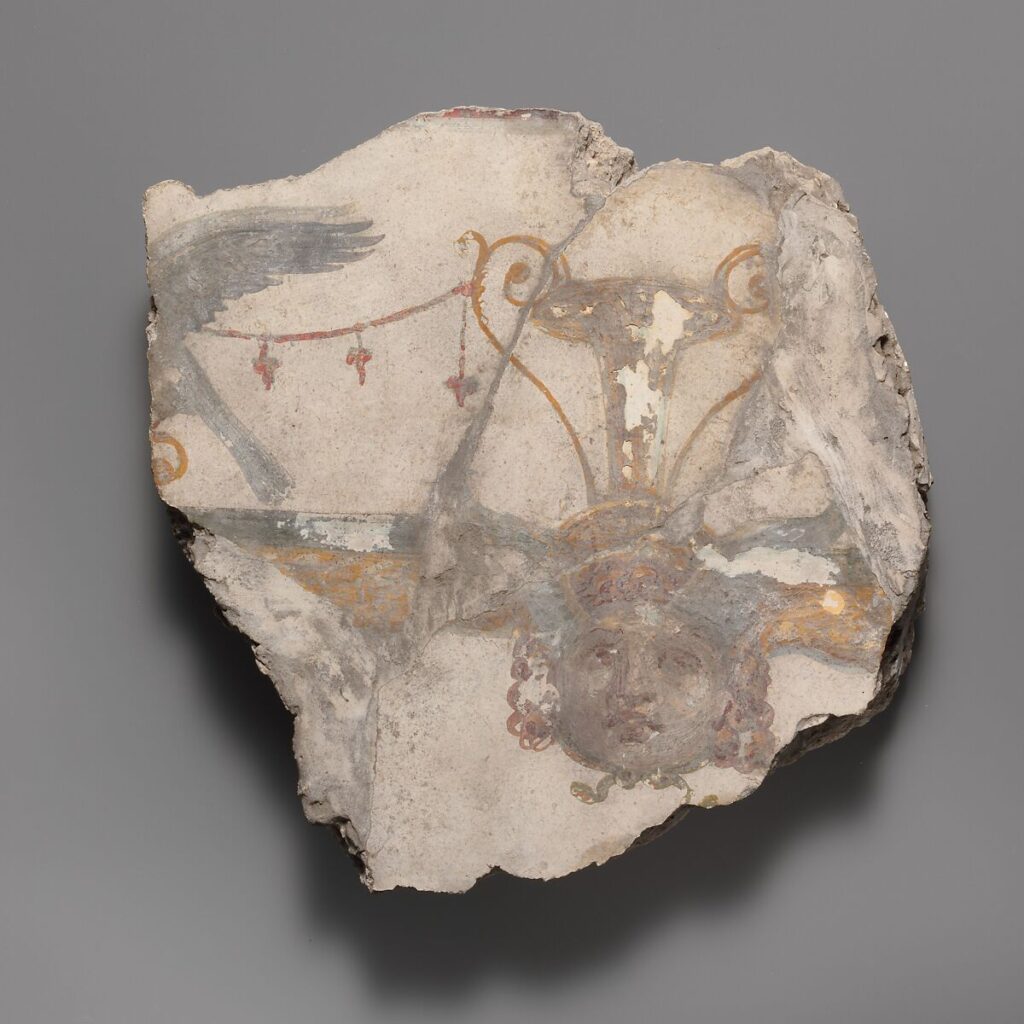
Medusa during the Italian Renaissance
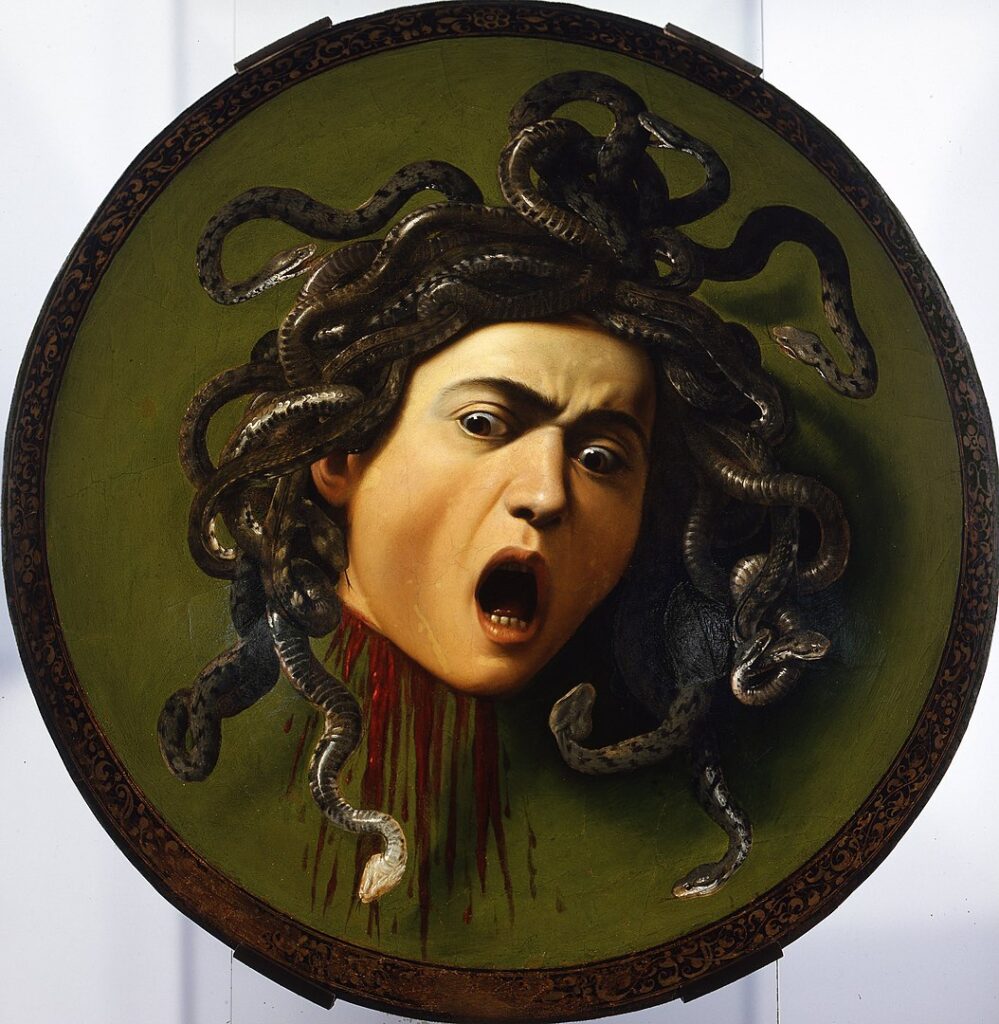
Medusa Versace

